Style Matters
WITH ANDREW GEEVES
STYLE MATTERS WITH ANDREW GEEVES
“This is perfect for summer,” chirps the retail assistant as he hands me the canary-yellow raincoat I am purchasing from his streetwear store, a welcoming space hidden down a cobblestoned, postcard-worthy Shoreditch laneway. I glance at my expat friend beside me and raise a puzzled eyebrow. She smiles slightly and issues a subtle nod as if to say, “They do summer differently in London.” She used to live in Sydney. I still do. We both associate summer with levels of humidity so oppressive that even thinking about moving causes you to break into a sweat and with heat so intense that, in the words of my eccentric great-uncle, “the trees lean towards every dog that walks by in the hope of getting a drink.” Not exactly raincoat weather.
Thousands of kilometres and many months stand between the moment I bought that raincoat and now. Yet still, whenever my fingers brush against its rubberised material, my first thought is always that it is perfect for summer. This association is all wrong for a Sydneysider. Yet it persists. It is one of many thoughts that pass through my mind when I pick up that raincoat, all of which spring from memories of my time in London: the smell of freshly baked bagels from the Brick Lane Bakery, the taste of the handmade ricotta and black truffle ravioli at Burro e Salvia, the rainbow splay of colours across peonies, begonias and more at Columbia Road flower markets, with its cockney soundtrack of stallholders’ pitches. These memories are inextricably linked to my raincoat: meaning and experience have become interwoven with the fabric of the garment itself.
When I was a teenager, my mother threw out my maroon high-top Converse All Star sneakers without consulting me. To be fair, they were not in the best state. On each side of both shoes, the canvas had separated from the rubber sole so that they functioned more like poorly made sandals than proper shoes. They emitted a smell capable of stopping a cheetah in its tracks, thanks to years spent absorbing the juices of sockless teenage-boy feet. As an adult, I can almost understand why my mother mistook—or, perhaps, “mistook”—them for rubbish. At the time, though, I was devastated. While they looked like hazardous waste to my mother, to me they were a record of formative moments from my adolescent life. They were the first pair of shoes that I had ever chosen, the first time I had been in control of what I would wear on my feet. They were shoes I could imagine being worn by my new-found heroes Billy Joe Armstrong from Green Day and Tom DeLonge from Blink 182. These were the shoes that I paired proudly with my favourite pair of statement shorts, an aqua-blue jersey number trimmed on either side with lime-green terry towelling, to wear to the local shopping centre as part of a very teenage move to impress upon the world that “my sense of style is very UNIQUE and DIFFERENT and SO AM I but you’ll never understand what it’s like to be me and you don’t care anyway so shut the fuck up.” They were special shoes.
I am no longer that revolting teenager wondering why his mother threw out his favourite pair of—let’s be honest—completely revolting shoes. A decade or so of life experience has freed me from my adolescent sense of self-importance and the need to exert so violently on the world who it is I feel I am and how I feel I am different. Yet, as it did back then, clothing continues to absorb and retain my memories and experiences.
When I travel, I buy clothes as a tangible reminder of where I’ve been and what I’ve done. This vintage Adidas jacket recalls my obsession with Freud in Vienna, sourced from a street-side vending machine for second-hand clothes on the way to the Freud Museum after sitting in Freud Park, reading Freud. This royal blue Opening Ceremony sweater with an applique alligator is Berlin Berlin Berlin: unpolished floorboards in an apartment overlooking the Görlitzer, Kreuzberg’s VooStore, weaving through the many rooms of Peristal Singum (a labyrinth constructed under an old block of apartments on the outskirts of Friedrichshain) and losing hours to the Berghain. These H&M tobacco boat shorts are a summer conference, buckets of beer beside the old bullring and karaoke in Granada, all en route to a wedding near Toronto. And on and on and on. Browsing my wardrobe opens an interactive archive of my life, through which I dive straight back to moments, moods and feelings from my past.
Our style reveals more about us than we are aware. We purchase or receive our clothes for particular reasons at particular times in our life when we are with or without important people, aspiring to be someone, hoping to appeal in certain ways, holding particular values, or in a location that feels like home or makes us feel homesick. Clothing shares significant links to the people, places, ideas and objects. Cleaning out a wardrobe requires more work than the physical labour it demands. As we sort through our clothing, we are sifting through past versions of ourselves. We purge parts of the person we no longer want to be by throwing out the clothing we associate with that time, while keeping other pieces in the hope of retaining the parts of ourselves that we want to carry into our future.
Based in Sydney, with a background in psychology, Andrew has written and interviewed people about music, theatre, film, art and fashion for a variety of popular publications and academic journals.

